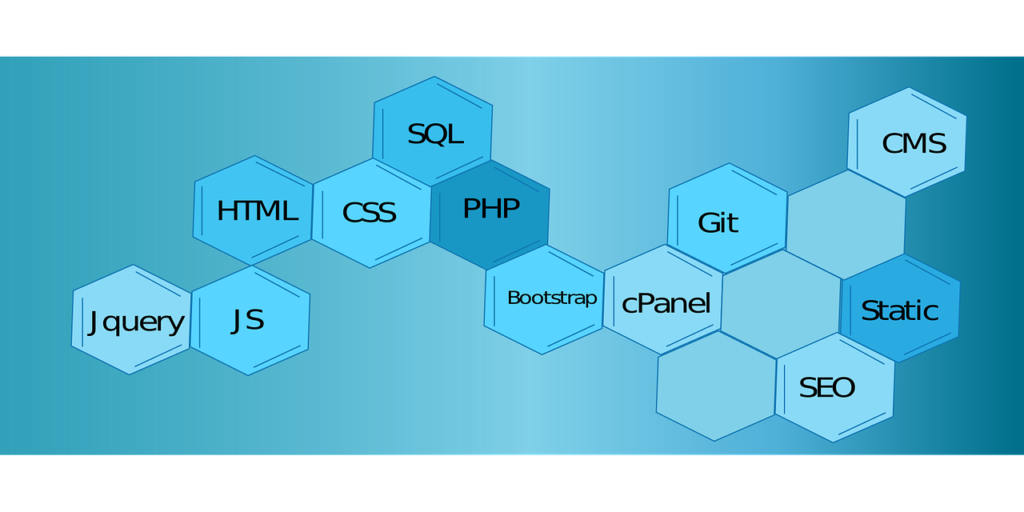Imagine trying to navigate a labyrinth while wearing a nametag that says exactly who you are and where you started. Sounds counterproductive, right? Yet, when venturing into the obscure corridors of the darknet, many unintentionally do something just as revealing—using a static IP. That fixed digital address becomes a beacon, potentially lighting the way for anyone determined to track their every move.
Could a constant IP ever be ally rather than adversary in the shadowy world of anonymous networks? Or is it a vulnerability waiting to be exploited?
In This Article
Understanding Static vs Dynamic IPs
First, let’s demystify what static and dynamic IPs actually are. Your IP address is essentially your device’s postal address on the internet. A dynamic IP changes periodically—assigned anew each time you connect or after a set interval. On the other hand, a static IP remains constant, tied to one device, or more typically, a specific internet connection.
Most home internet users receive dynamic IPs that rotate invisibly in the background. Businesses and some dedicated connections opt for static IPs, offering a more permanent identity online.
The Darknet & Digital Anonymity Basics
The darknet thrives on the principle of hiding in plain sight. Tools like Tor and other onion-routing systems let users browse without revealing their real IP addresses. This digital disguise is paramount because anonymity is the currency of the darknet.
Without it, users risk exposure to surveillance, deanonymization attacks, or worse—legal consequences. The stability of the anonymity layer depends heavily on cutting off direct links back to the user’s true network identity.
Risks of Using Static IPs in Darknet Contexts
On paper, a static IP sounds like an easy target. Here’s why:
- Trackability: Since your digital address never changes, it becomes much easier for adversaries—be they law enforcement agencies or threat actors—to build a consistent profile of your online activities.
- Correlation Attacks: Entities monitoring exit nodes or network traffic might link your sessions on darknet services to your fixed IP, breaking the veil of anonymity.
- Targeted Attacks: Permanent IP addresses can lead to more sophisticated attacks like geolocation targeting, intrusion attempts, or forced malware delivery.
- Fingerprinting: Combining a static IP with behavioral patterns such as access timing or language can form a robust digital fingerprint.
Even the most secure darknet browsing tools can’t fully mask a static IP that’s visible under the right conditions, especially against advanced network analysis.
Using a static IP without additional anonymizing layers on the darknet can almost guarantee exposure to tracking and deanonymization given enough observation time.
Possible Scenarios When Static IPs Could Be Safe
Are there any safe uses for static IPs on the darknet? Surprisingly, yes—but under strict conditions:
- Behind a Robust VPN or Tor Gateway: If the static IP belongs to a VPN endpoint or a Tor relay that you control or trust, it’s a layer in an anonymizing chain rather than your personal identifier.
- Dedicated Onion Services: Hosting a darknet site on a server with a static IP can be secure if your setup avoids IP leakage through proper configurations like Tor Hidden Services, which do not expose IPs in their protocols.
- Whitelisted Access: In some private darknet communities, a static IP might be part of secure access controls, combined with multi-factor authentication and other safeguards.
- Isolated Testing Environments: Security researchers or threat analysts sometimes use static IPs within tightly controlled lab settings to study darknet traffic patterns without risking personal anonymity.
Even in these scenarios, all other identifiability vectors must be minimized — including metadata leaks, behavioral patterns, and device fingerprints.
Advanced OPSEC Considerations
For serious darknet users, operational security (OPSEC) transcends simply masking IP addresses. Using a static IP can become part of a broader strategy if handled with layered protections, such as:
- Chained Proxies and VPNs: Employ multiple hops, where the static IP is buried beneath several ocean layers of routing.
- Compartmentalization: Different darknet identities or personas use distinct devices, networks, or even locations with separate IP assignments.
- Air-gapping and Hardened Operating Systems: Solutions like Tails or Whonix reduce the risk of leaks despite a static IP’s presence.
- Regular Address Rotation Protocols: Even when using static IPs in a technical sense, frequent rotation or use of IP pools can simulate dynamism.
- Device and Metadata Hygiene: Avoid syncing, autofill, or system telemetry that can betray your link to the static IP.
These steps highlight the complexity of darknet privacy. It’s never one tool but a symphony of techniques working in concert.
Combine your static IP use with privacy-enhancing tools like Tor bridges, encrypted messaging setups, and strong pseudonym management to reduce risks.
Is a Static IP Ever Worth the Risk?
Most privacy advocates and darknet experts agree that a static IP among everyday users presents a significant liability. The unchanging beacon it creates can unravel months or years of careful anonymity.
However, through contextually smart setups—layered anonymization, strict OPSEC protocols, and technical expertise—it can be harnessed safely for certain purposes. But this requires resources and vigilance beyond the grasp of casual users.
If you’re stepping into darknet forums or marketplaces, a safer bet lies in embracing dynamic IP setups paired with robust tools. You can learn strategies to avoid accidental leaks and build resilient pseudonymous identities by exploring resources like How to Stay Anonymous on the Darknet in 2025: A Beginner’s Guide.
Never forget—while technology changes, the core truth remains: anonymity is a process, not a product. And the static IP you rely on today might just be the breadcrumb trail picked up tomorrow.



